Natural catastrophes and extreme weather events are among the biggest drivers of insurance losses when it comes to outdoor events. Supported by ESA’s Business Applications and Space Solutions (BASS) programme, UK-based BirdsEyeView developed its RAPTOR™ software to help insurance brokers and underwriters address this challenge by using satellite data to model and calculate the probabilities of climate-driven losses more accurately. In addition, the software provides algorithmic underwriting to automate the underwriting process and to speed up the pricing of smaller premiums for special event insurers, who currently spend some 40% of their time on manual processes.
RAPTOR™ is a Software-as-a-Service (SaaS) platform designed to modernise and de-risk the underwriting of special-event insurance, and to addresses their key challenges with two solutions:
- Algorithmic Underwriting, which creates time-saving automations for many previously manual parts of the process, to enable the profitable handling of small-ticket, high-throughput business
- WEATHER ANALYTIX™, which quantifies the likelihood of adverse weather events and natural catastrophe perils at specific locations and dates, to support pricing and exposure-management for underwriters
This combined approach allows insurers to serve high-volume, lower-premium business more profitably, while improving pricing accuracy for complex weather-related risks.
A key differentiator of the RAPTOR™ software lies in its integration of authoritative Earth Observation (EO) datasets, which provide globally consistent, decision-ready inputs for insurance underwriting. Central to this is the harmonised ERA-5 reanalysis data, available through the Copernicus Climate Hub, which combines multiple data sources such as satellite observations, ground-based measurements and radar systems.
This use of space technology addresses the limitations of ground-station data, which include inconsistent global coverage, lack of accuracy to represent localised weather events, and variable worldwide quality and standards.
James Rendell, CEO of BirdsEyeView, explains: “Natural catastrophe modelling should not be confused with forecasting – it is about running hundreds of thousands of simulated and maybe never-before-seen climate events. This enables underwriters to model the probability of specific weather events such as wildfires, hurricanes and extreme rain.”
“For insurers, this consistent, space-enabled dataset directly translates into more accurate and defensible pricing, and the ability to confidently assess the probabilities of severe weather events with inputs that are robust, standardised and globally representative.”
The pilot project with ESA’s BASS programme has been a success, meeting or exceeding all targets, including proving system adoption by achieving hazard modelling for more than 28,000 locations instead of the target of 1,000. Moreover, BirdsEyeView demonstrated that automation drastically increases throughput and revenue.
Whilst the demonstration project was ongoing, BirdsEyeView achieved substantial commercial traction: nineteen WEATHER ANALYTIX™ licenses were secured with global insurers and brokers across five continents, and RAPTOR™ progressed from single-line deployment with a major global insurer to a multi-year, multi-product agreement.
The software is now deployed in live commercial environments with paying customers and are delivering real policies and risk insights across the UK, EU, US, Canada and Australia.
Mr Rendell said: “When we first set out to licence our hazard modelling software, it was no small task gaining the trust of insurers in the efficacy of our data and modelling. However, bit by bit and with more and more headline insurers using our software, we steadily built their trust over 18 months, and now we are now seeing a snowballing effect.”
“None of this would have been possible without the initial feasibility study, and all the expertise and support we have had from ESA since.”
Christian Walter, Applications Engineer at ESA BASS, said: “It has been a pleasure to support BirdsEyeView from concept to commercial success. This project shows how space-enabled data delivers measurable benefits to the insurance sector, empowering companies to manage weather and catastrophe risks with greater confidence and resilience.”
“We are proud to see ESA-backed European businesses driving innovation and creating tangible value for industry and society.”


